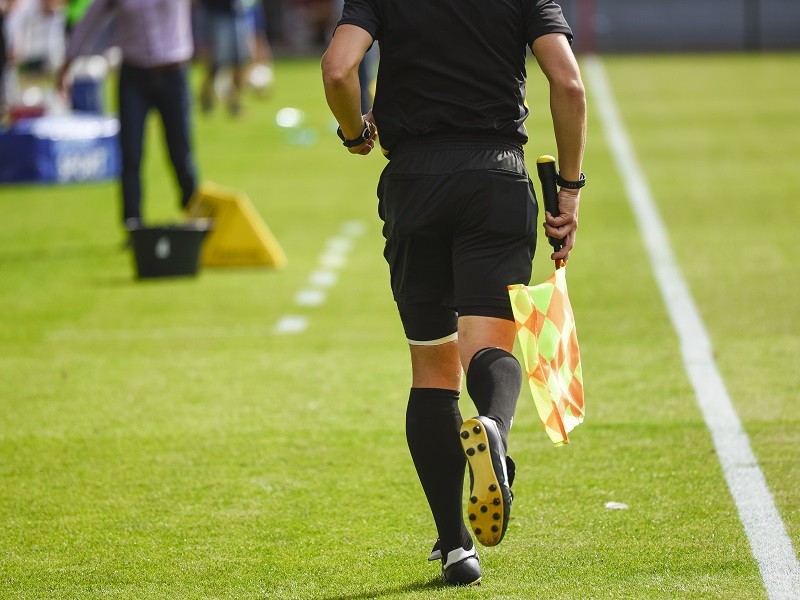
VAR: What’s all the fuss about and why isn’t it working yet?
December 6, 2019
Darren Watkins, managing director of Virtus Data Centres, writes that maybe the issue with VAR isn’t the technology, but the way it is implemented.
If you follow English football, you won’t have escaped the new buzzword in the sporting lexicon: VAR, or video assistant referee. Even if you don’t follow the game, you have probably heard the heated debates of football fans discussing this latest bit of technology to make its way into the modern football game.
For those who are unsure, the role of VAR is to assist the referee to determine whether there has been an infringement. Where a decision is unclear, the referee informs the VAR, or the VAR recommends that a decision or incident should be reviewed. The video footage is then studied by the VAR, who advises the referee, via a headset, what the video shows.
After viewing the footage for themselves, the referee can then take the appropriate action, based on clear information that may not have been available simply by being on the pitch.
With high-profile refereeing errors shaping the direction of matches and tournaments (remember the disallowed Frank Lampard goal in the England-Germany World Cup clash?), it’s perhaps unsurprising there is an appetite for this technology in the sport.
The world’s footballing bodies have toyed with the idea of VAR for a few years, but this season it seemed as though the English Football Association had finally caught up with its counterparts from the world of tennis, cricket and rugby – all of which have been using similar technology for some time.
But it hasn’t been an immediate success. Several months into the footballing season, it’s fair to say that sports news has been dominated by headlines bemoaning VAR decisions.
A key criticism of the current system is the delay between an on-field incident and the VAR decision being confirmed – that it ruins the tempo of the game, takes away the jubilation of celebrating a goal scored and diminishes the experience of watching in the stadium.
“The human element of the game is a critical component of it,” said chief executive of the Welsh Football Association, Jonathan Ford, in a report by The Guardian back in 2010.
“It’s the thing ultimately we end up debating. That’s the beauty of the game and it’s what keeps people talking in the pubs afterwards. I was worried you would end up with a stop-start situation where you review all decisions and I don’t see that as part of the game.”
There is definitely a fundamental lack of clarity. On match day, fans in grounds up and down the country have been left bewildered as to what VAR is actually checking, what the delay is for and why decisions have been made.
In tennis, the umpire, the crowd and the TV audience can – in unison – see what’s happening on a large screen and nobody can argue with the decision. In rugby, the conversations between...











 What we do
What we do





















 Contact US
Contact US

